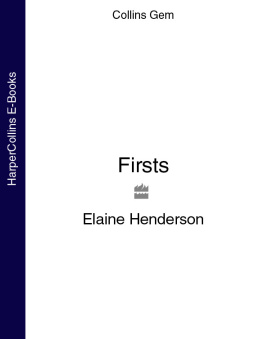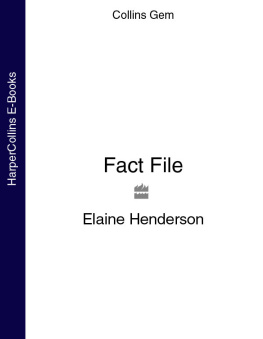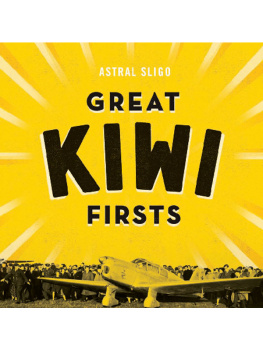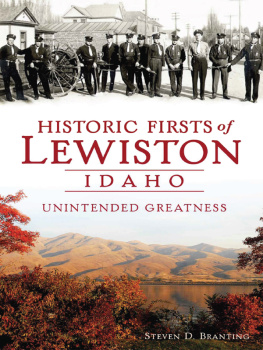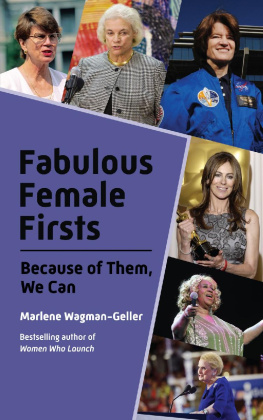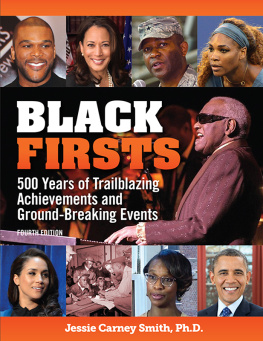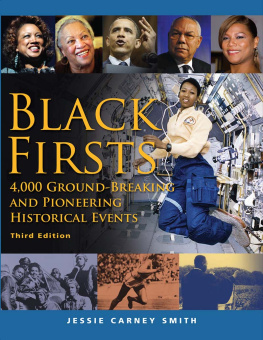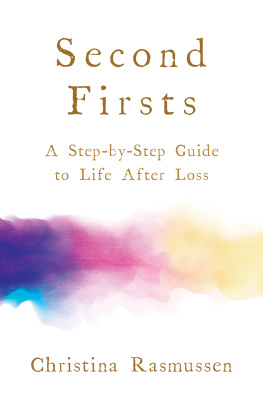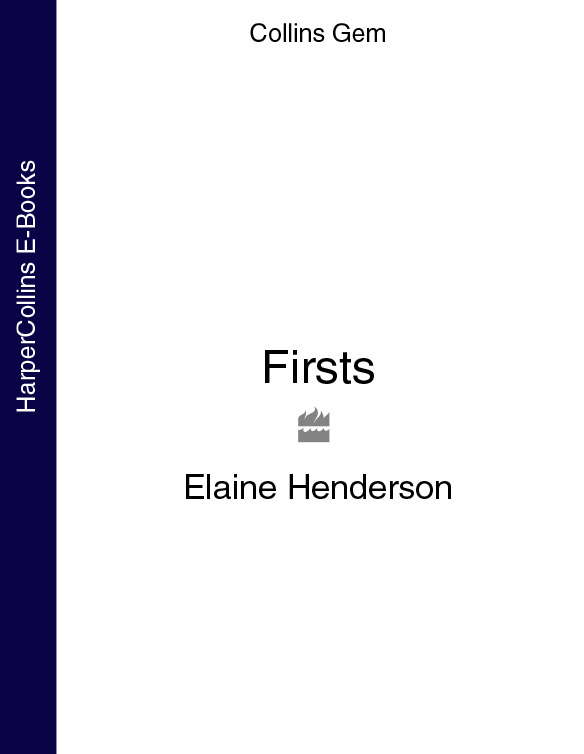Contents
If you enjoyed Firsts, check out these other great Collins Gem titles.

Buy the ebook here
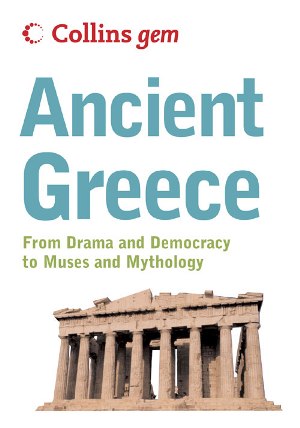
Buy the ebook here
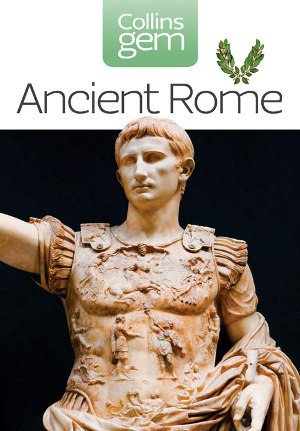
Buy the ebook here
HarperCollins Publishers
Westerhill Road, Bishopbriggs,
Glasgow G64 2QT
www.harpercollins.co.uk
First published 1999
HarperCollins Publishers 1999
The author would like to thank the following for their help and advice: Carolyn Wheeler, Laura Allan, Christopher Riches, Mitchell Library, Glasgow
All rights reserved under International and Pan-American Copyright Conventions. By payment of the required fees, you have been granted the nonexclusive, nontransferable right to access and read the text of this e-book on-screen. No part of this text may be reproduced, transmitted, downloaded, decompiled, reverse-engineered, or stored in or introduced into any information storage and retrieval system, in any form or by any means, whether electronic or mechanical, now known or hereinafter invented, without the express written permission of HarperCollins e-books.
HarperCollinsPublishers has made every reasonable effort to ensure that any picture content and written content in this ebook has been included or removed in accordance with the contractual and technological constraints in operation at the time of publication
Source ISBN: 9780004723143
Ebook Edition NOVEMBER 2013 ISBN: 9780007554874
Version 20131028
The publishers would like to acknowledge the following picture libraries for the use of illustrations in this book:
The Bridgeman Art Library
Page 16: Portrait of Ferdinand Magellan (c. 14801521) from Lives of Illustrious Men, engraved by De LAumessin (engraving), by Andr Thevet (150492) (after), Royal Geographical Society, London, UK/Bridgeman Art Library, London/New York
Page 19: Sir Robert Walpole addressing his Cabinet by Joseph Goupy (c. 16801768), British Museum, London, UK/Bridgeman Art Library, London/New York
Page 42: Sirius and convoy, the Supply and Agents Division going into Botany Bay, 1788 (w/c) by William Bradley (17571833), Mitchell Library, State Library of New South Wales/Bridgeman Art Library, London/New York
Page 55: Sir Richard Arkwright (178990) by Joseph Wright of Derby (173497), Private Collection/Bridgeman Art Library, London/New York
Page 65: Light bulbs: right, original light bulb; left, first commercial light bulb, by Thomas Alva Edison (18471931), Science Museum, London, UK/Bridgeman Art Library, London/New York
Mary Evans Picture Library
Pages 29, 30, 34, 47, 60, 63, 67, 71, 73, 77, 80, 92, 115, 128, 134, 141, 145, 146, 153, 191, 192
Hulton Getty Picture Library
Pages 10, 14, 23, 101, 109, 112, 117, 125, 129, 137, 158, 164, 166
F rom the moment that primitive man first stood on his (or her!) hind legs, human beings have demonstrated an apparently inexhaustible curiosity about the world around them, and have relentlessly pushed forward the boundaries of human experience. How? What? Why? Why not? These questions have been asked and the answers sought from the beginning of recorded time. And this tireless quest for knowledge and achievement has urged men and women on to accomplish amazing feats: to sail right round the world at a time when many believed the earth was flat and they would fall off the edge; to invent a printing press, creating a process which would bring books and learning to countless millions of people; to split the atom when no one thought it possible; to storm the bastions of political custom and prejudice these achievements have revolutionized our thinking and development.
And today, as we enter the third millennium, our curiosity and ambition show no signs of abating: global communications become ever faster and more intricate; medical science achieves new breakthroughs almost daily; and our increasing leisure time offers new experiences such as interactive television and virtual reality games. All this we owe to the groundbreakers, the far-sighted men and women who devoted their lives to a purpose or risked everything on a new venture, and thus took the first steps on the path that would bring us to where we are today.
Collins Gem Firsts offers just a glance at the story of human achievements through the ages in the fields of History, Government and Society, Science and Technology, Transport, Industry and Commerce, and Arts, Entertainment and Sport. Where possible, individuals are credited with their accomplishments and related items are grouped together in chronological order. Each entry claims a world first unless otherwise stated. Who can predict what wonders we shall see in the next 2000 years?
BRITAIN BECOMES AN ISLAND, 8000 BC
Half a million years ago, Britain was joined to the European mainland by a land bridge, across which came the earliest settlers, hominids, the ancestors of modern humans. Around 70,000 years ago the last Ice Age began, slowly covering most of the country with ice, and gradually driving the settlers back across the land bridge to warmer climates. The ice started to recede some 14,000 years ago and, as the climate improved, settlers again crossed from mainland Europe and found a country now rich in animal and plant life. The melting ice caused ocean levels to rise significantly and around 10,000 years ago the last land bridge between Britain and the European mainland, at the Straits of Dover, flooded over, separating the British Isles from the Continent. The average depth of the English Channel remains shallow, around 150400 ft (45120 m).
ROMAN INVASION IN BRITAIN, 55 BC
The men of Julius Caesars first exploratory expedition to Britannia landed in Kent, and their records provide us with the first written account of British history. Caesar sent his forces to look for new conquests and to suppress the British Celts, who had been helping the Gauls, Caesars adversaries, on the Continent. A full-scale expedition was mounted the following year, although the Romans met considerable opposition. The south was not subdued until AD 1, when the Romans finally defeated the British chieftain, Cassivellaunus, at what is now Wheathampstead, Hertfordshire.
VIKING RAID IN BRITAIN, 789
This raid on the Wessex coast (modern West Country) was the first recorded Viking raid. These non-Christian seafarers from the Scandinavian countries continued with raids on the Hebrides in 794 and Ireland in 795. They attacked and plundered rich monasteries and the scattered raiding parties gradually became large-scale expeditions. In 850, for example, 350 Viking ships sailed up the Thames towards London. By 870, the Danes had conquered every English kingdom except Wessex.
POPE, 1ST CENTURY AD
St Peter (died c.64), as chief of the apostles, is accepted as being the original head of the Roman Catholic Church. By the end of the 1st century AD Rome, seat of the empire, was recognized as the primary centre for the Church, and popes were the bishops of Rome. Pope is derived from the Latin papa and Greek pappas, meaning father. The Pope has full powers over the Church in the areas of faith and morals, church discipline and government. In the past, the popes took an active part in political and military matters, but today their role is mainly spiritual. Popes are elected by a meeting of the cardinals, the most senior Church officials after the Pope, in the Sistine Chapel in Rome. A plume of white smoke from the chapel chimney indicates that the choice has been made.

